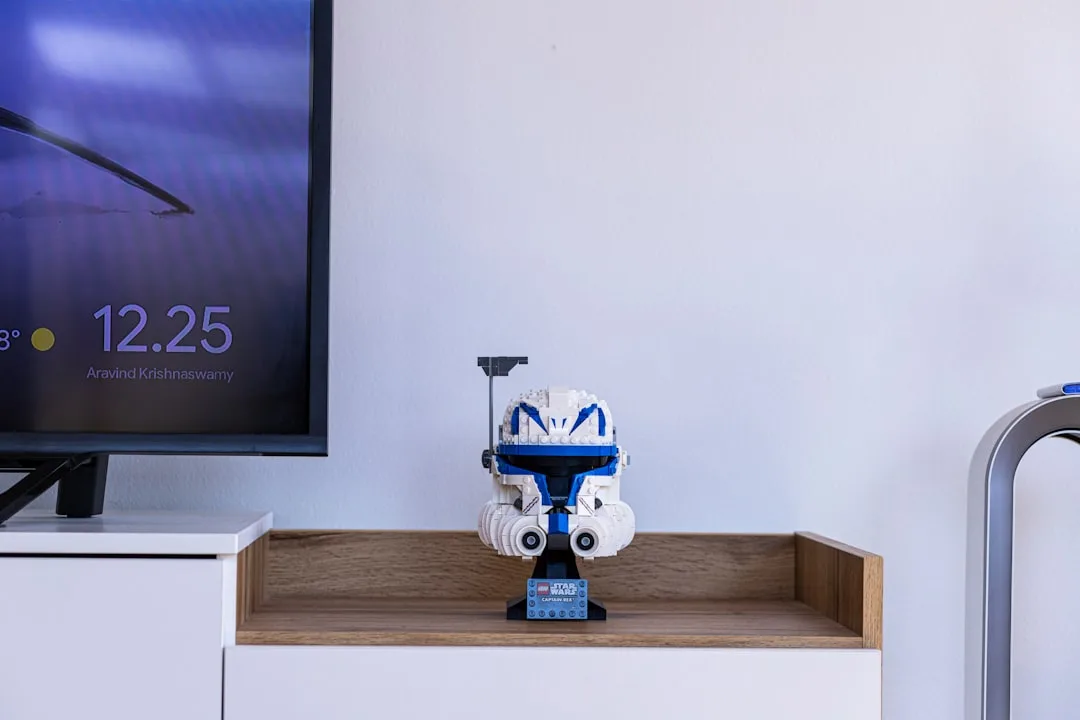
Newsletter Subscribe
Enter your email address below and subscribe to our newsletter

Enter your email address below and subscribe to our newsletter

Boost DevOps Efficiency with AI and Automation
In today’s fast-paced digital landscape, the demand for rapid software delivery and deployment is more crucial than ever. DevOps has been the linchpin in bridging the gap between development and operations, but even the most seasoned DevOps teams face bottlenecks and inefficiencies. Enter AI and automation—a transformative duo poised to revolutionize infrastructure as code (IaC), automation, and deployment strategies. This article dives deep into how these technologies can enhance DevOps efficiency, offering practical insights and strategies for engineers, platform teams, and site reliability engineers (SREs).
One of the most pressing challenges in the DevOps realm is managing the complexity and scale of modern infrastructure. As applications become more distributed, leveraging microservices and containers, the difficulty in orchestrating and maintaining these environments grows exponentially. DevOps teams often find themselves spending significant time on repetitive tasks, troubleshooting, and ensuring that deployments are both reliable and secure.
The integration of AI and automation can alleviate these pain points by optimizing processes, predicting issues before they occur, and automating tedious tasks. But what does this look like in practice?
GitHub Actions is a powerful tool that enables automation directly within the GitHub ecosystem. By defining workflows in YAML files, DevOps teams can automate the build, test, and deployment stages of the software lifecycle.
Example Workflow:
name: CI/CD Pipeline
on:
push:
branches:
- main
jobs:
build:
runs-on: ubuntu-latest
steps:
- name: Checkout code
uses: actions/checkout@v2
- name: Set up Node.js
uses: actions/setup-node@v2
with:
node-version: '14'
- name: Install dependencies
run: npm install
- name: Run tests
run: npm test
- name: Deploy to production
if: github.ref == 'refs/heads/main'
run: npm run deploy
Terraform by HashiCorp is a widely adopted tool for IaC, allowing DevOps teams to define infrastructure in code and manage it using version control. Terraform excels in providing a consistent CLI workflow for managing hundreds of cloud services.
Example Configuration:
provider "aws" {
region = "us-west-2"
}
resource "aws_instance" "web" {
ami = "ami-0c55b159cbfafe1f0"
instance_type = "t2.micro"
tags = {
Name = "WebServer"
}
}
ArgoCD is a declarative, GitOps continuous delivery tool for Kubernetes. It enables automated deployment, management, and monitoring of applications based on Git repositories.
Example Application Manifest:
apiVersion: argoproj.io/v1alpha1
kind: Application
metadata:
name: guestbook
namespace: argocd
spec:
destination:
namespace: default
server: https://kubernetes.default.svc
source:
path: guestbook
repoURL: https://github.com/argoproj/argocd-example-apps
targetRevision: HEAD
project: default
To visualize these tools in action, consider this simple architecture diagram illustrating the integration of GitHub Actions, Terraform, and ArgoCD into a cohesive CI/CD pipeline:
+------------------+ +------------------+ +------------------+
| GitHub Actions | -----> | Terraform | -----> | AWS Infrastructure|
| (CI/CD) | | (IaC) | | (Deployment) |
+------------------+ +------------------+ +------------------+
|
V
+------------------+
| ArgoCD |
| (GitOps) |
+------------------+
For further insights, check out our Boost DevOps Efficiency with AI and Automation Strategies guide.
While the term “NoOps” has gained traction as a buzzword suggesting the elimination of operations roles, the reality is more nuanced. Instead of sidelining operations, AI and automation empower DevOps teams to shift their focus from routine tasks to strategic initiatives. The next wave in DevOps will likely be “AIOps,” where AI-driven insights become integral to operations, enhancing decision-making and efficiency.
Ready to dive deeper into the world of Infrastructure as Code? Check out our comprehensive IaC Tutorial and our CI/CD Cheat Sheet for a quick reference on optimizing your pipelines.
In conclusion, the fusion of AI and automation in DevOps is not just a trend—it’s an evolution. By strategically integrating these technologies, DevOps teams can enhance efficiency, reduce errors, and deliver software with greater speed and reliability. It’s time to embrace this transformation and unlock new heights of operational excellence.